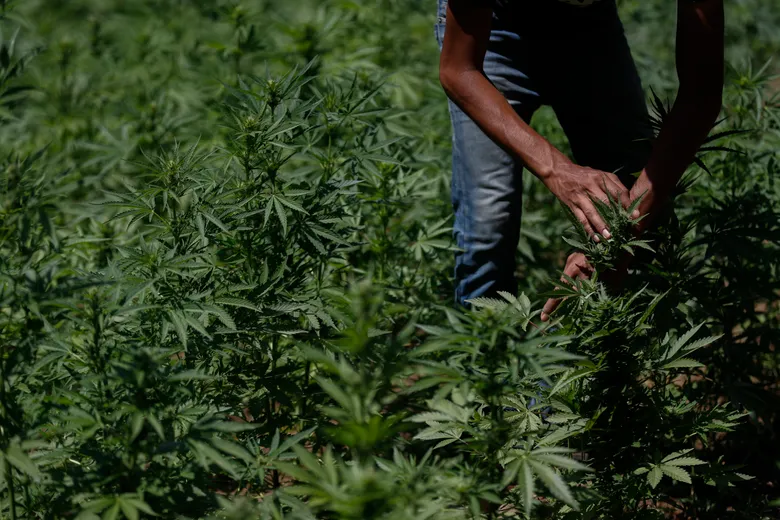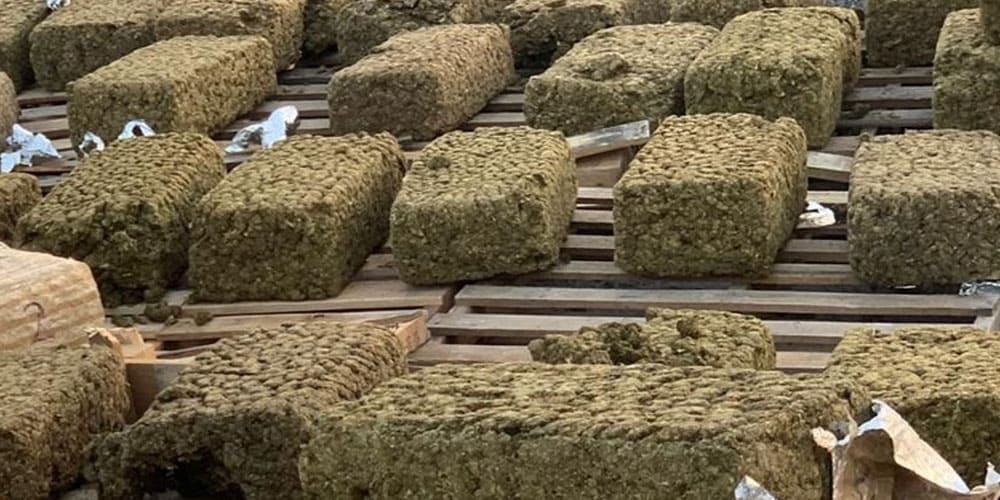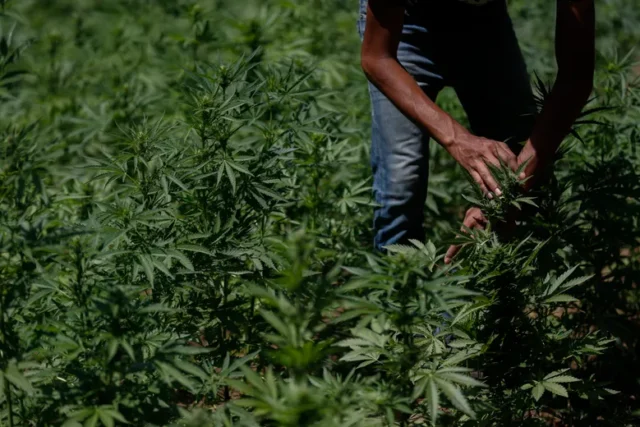For decades, Mexican brick weed, also known as “dirt weed” or “reggie,” dominated the cannabis market in the United States. However, with the advent of the legal cannabis industry in America, the popularity and sales of Mexican brick weed have significantly declined. In this article, we will explore the history of Mexican brick weed, its peak, and how the legal cannabis industry has affected its sales.
The Origins of Mexican Brick Weed:
Mexican brick weed gained popularity in the United States during the 1960s and 1970s. It was primarily sourced from Mexico and smuggled across the border. The low quality and low THC content of this cannabis were reflected in its appearance, with compressed, poorly trimmed, and often seedy buds. Despite its subpar quality, Mexican brick weed was widely available and affordable, making it the go-to choice for many cannabis consumers.
The Peak of Mexican Brick Weed:
Mexican brick weed reached its peak in the 1980s and 1990s. During this time, it dominated the illicit cannabis market in the United States due to its low cost and widespread availability. The demand for Mexican brick weed was high, primarily driven by its affordability and accessibility compared to higher-quality cannabis strains.
The Rise of the Legal Cannabis Industry:
The legal cannabis industry in America has experienced significant growth and acceptance over the past decade. With the legalization of medical and recreational cannabis in several states, consumers now have access to a wide range of high-quality, lab-tested cannabis products. This shift in the market has had a profound impact on the sales and popularity of Mexican brick weed.
Effects on Mexican Brick Weed Sales:
The legal cannabis industry has affected Mexican brick weed sales in multiple ways:
- Quality and Variety: The legal market offers a diverse selection of cannabis strains with varying flavors, aromas, and cannabinoid profiles. Consumers now have access to potent and well-cultivated flower, concentrates, edibles, and other cannabis products. This has resulted in a decline in demand for Mexican brick weed, as consumers seek higher-quality options.
- Safety and Regulation: The legal cannabis industry prioritizes safety and quality control through rigorous testing and regulations. This ensures that consumers have access to clean and reliable cannabis products. In contrast, Mexican brick weed often lacked quality control, potentially exposing consumers to contaminants and inconsistent potency levels.
- Homegrown Cannabis: With the legalization of cannabis cultivation in many states, individuals can now grow their own high-quality cannabis at home. This further reduces the demand for Mexican brick weed, as consumers can enjoy the satisfaction of growing their own strains tailored to their preferences.
- Cross-Border Competition: The legal cannabis industry in America has created a competitive market that offers locally cultivated, high-quality cannabis. This has led to a decrease in the smuggling and distribution of Mexican brick weed, as consumers now have access to superior options without legal risks.
Yea Conclusion:
The legal cannabis industry in America has revolutionized the market, providing consumers with safe, high-quality cannabis products. As a result, the popularity and sales of Mexican brick weed have significantly declined. Consumers now have access to a wide range of strains and products, cultivated under strict regulations, which has greatly impacted the demand for low-quality Mexican brick weed. While its peak may be a thing of the past, the rise of the legal cannabis industry has paved the way for a new era of cannabis consumption in America.











